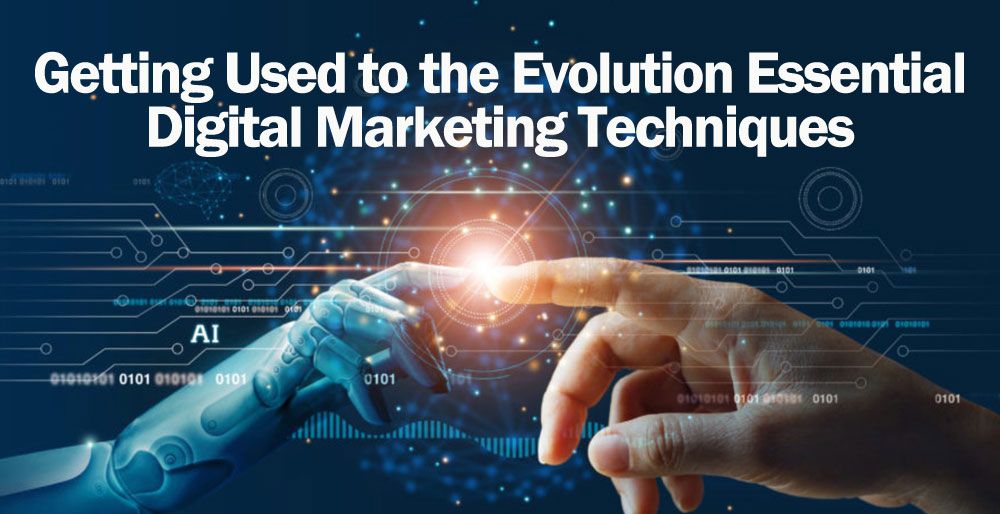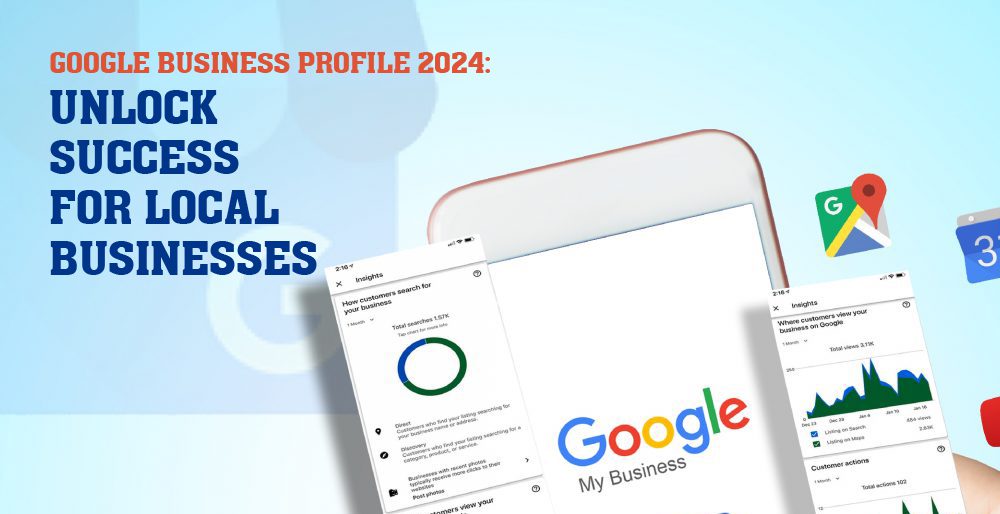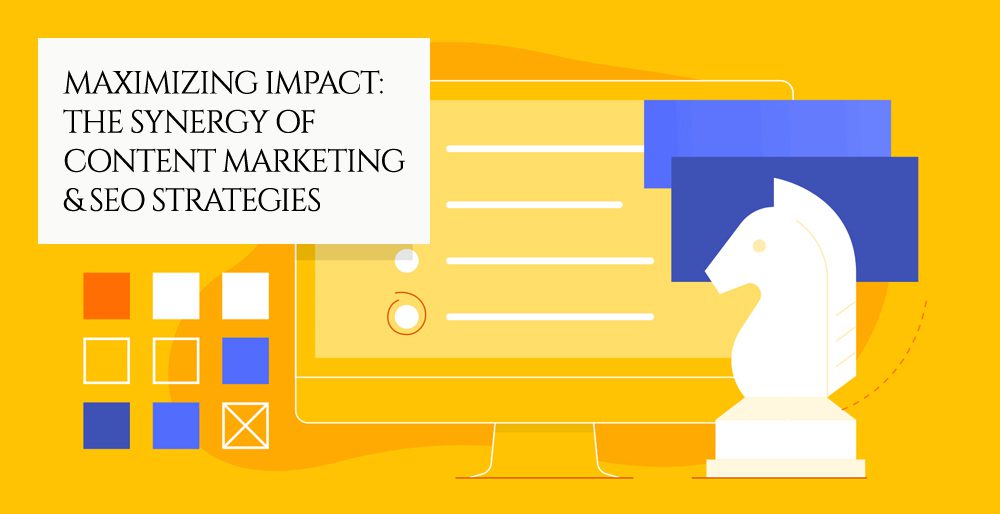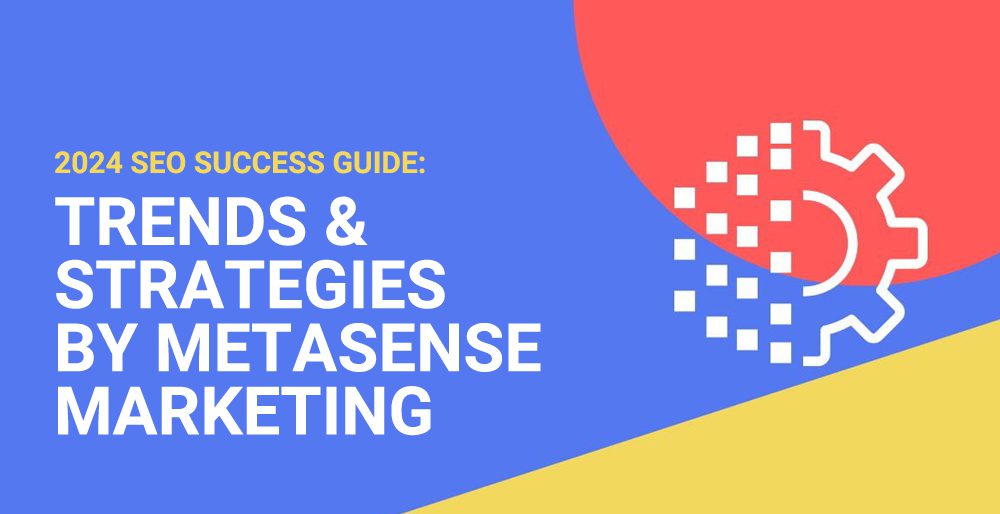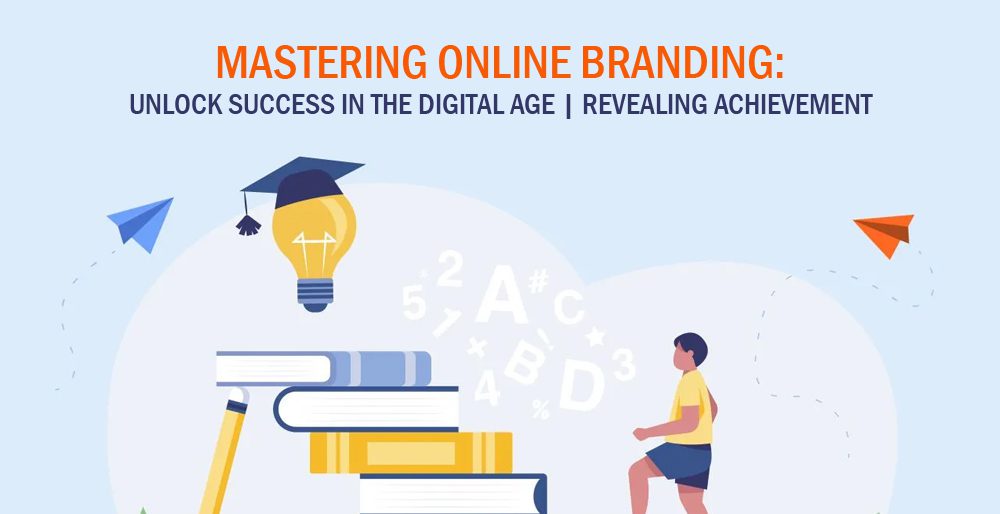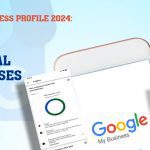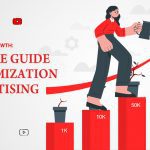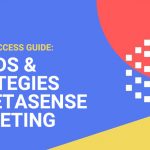
Unlock the secrets to higher SERP rankings with these 6 essential SEO copywriting tips. Perfect for marketers and content creators looking to improve visibility and engagement.
It can be stressful to come up with quality content, but it doesn’t have to be. SEO copy-writing enables you to connect with your target market and achieve higher SERPs rankings (Search Engine Result Pages). It might appear intimidating or difficult, but it’s simpler than you might imagine.
SEO copy-writing has become a popular way to help businesses rank higher on Google search engines.
But what exactly is SEO, and why is it so important?
SEO stands for “search engine optimization.” It’s the process of using keywords and other factors like length and variety to make your content more easily accessible by search engines.
SEO increases the effectiveness of content to place websites higher than rivals on Google search engines. Search engine crawlers prioritize user-focused content, so SEO copywriters only need to be familiar with Google’s internal workings.
Here are the top 6 SEO copy-writing tips to help you rank higher on search engine results pages:
1. Choose Relevant Keywords:
Finding the appropriate keywords before creating the content is the first step in SEO copy-writing. It’s important to target keywords while considering the search intent.
You can find relevant keywords for your industry and niche using a variety of tools.
General instruction on content optimization is given below:
- Start by typing the primary search term, also referred to as the “seed” keyword.
- Utilize the SEO tool’s filters to group your results based on the volume of searches, the difficulty of the keywords, or any other important factors.
- Check the keyword intent to see if it aligns with your content objectives.
- Analyze the word count, keywords, and meta-tags on websites that are ranked similarly to yours and copy-writing examples. Look through these terms to help you broaden your thinking and discover any possible omissions.
Top tip: The related keyword grouping column in the majority of SEO tools identifies semantic keywords or questions associated with your topic.
To make it simpler for people to find your content, incorporate the keywords into your blog posts, meta-tags, social media posts, and website copy. These examples of copy-writing demonstrate that keyword research are insufficient on its own to achieve ranking success; instead, copywriters must establish topical authority in their niche through pillar pages and supportive pages.
2. Organize Your Content for Featured Snippets:

The majority of users click away from the SERPs after receiving satisfactory results from featured snippets, often without even visiting a single website.
A brief amount of highly relevant information about the search is provided in the featured snippet, a small content box that occasionally appears at the top of your SERP.
For instance, when looking up a word, the featured snippet frequently contains important information. Make sure your optimized content contains sentences that also answer the question.
Here are a few strategies for content optimization for a featured snippet:
- Briefly respond to inquiries.
- Utilize data and properly structure your work.
- Make sure your article addresses similar queries.
Even though not everyone will click on it, good content optimization will at least improve the perception of your company.
3. Break up Your Content with Headlines:
Always try to use headlines, short paragraphs, bullets, and numbered lists to break up your content as a copywriter. In addition to the fact that people find it difficult to comprehend large amounts of text at once, this aids Google indexing so that it can show your content on SERPs.
From H1 to H6, heading tags are ranked in importance, with the title appearing in H1 tags. Header tags are used to improve the SEO of the webpage by assisting Google in identifying key sections. They also help break up content and make it easier to read.
A quick guide on using them is given below:
- H1: As the post’s title. It’s typically SEO keyword-focused and designed to draw readers’ focus to the post’s “big idea.”
- H2: These sub-headers categorize and separate the main points of your paragraphs.
- H3: The points made in these subsections at H2 are made clearer. They can also be utilized to format lists and bullet points.
- H4: These paragraphs make H3 clear. As an alternative, you can format lists or bullet points with them.
4. Compose Headlines that Grab Attention
No one will click through to your website if the headline is terrible. Always set aside a good chunk of time to come up with catchy headlines. When possible, establish your content’s subject matter expertise.
Your headings should include:
- Be specific and lucid.
- Describe one advantage of reading the article.
- Appeal to the reader.
- Offer distinctive remedies.
- Increase the sense of urgency.
A high CTR increases your organic Google ranking, which increases the number of clicks you receive. Writing catchy headlines is a powerful technique.
The 50/50 rule of headlines states that your headline and content should both be given equal attention. The 80/20 rule of headlines states that most people only read the headline, and only a small percentage go on to read the article.
The 50/50 rule of headlines states that your headline and content should both be given equal attention. The likelihood that someone will read increases with the eye-catching headline.
5. Examine the Search Intent:
You must conduct user and content intent research before writing converting copy because it varies according to the user’s position in the customer journey. Finding the “keyword intent” entails figuring out the user’s motivation for entering a particular search term.
There are four categories of keyword intent, including:
- Informational: When a user wants to learn more about a subject, item, or sector
- Navigational: Such a place where a user is searching for a specific result, web page, or website and has a clear idea of what they want.
- Commercial: When a user searches for information to make a future purchase
- Transactional: When a user intends to purchase a good or service
How to determine the search intent is as follows?
- Using the SERP feature of keyword research tools to filter or be aware of the keyword modifiers
- To determine the most pertinent search intent, read the
- Since SERPs are unstable and keywords may rank for one intent today but change next month, take into account more than just the keywords and SERP.
- Because it is in Google’s best interest to provide its users with excellent search results, it gives marketers who closely match the searcher’s keyword intent a high ranking.
6. Improve the Header, Meta Title, and Description

The meta title and description of the page are what your reader first notices when viewing Google SERP results. The header is the first thing visitors will see when they land on your page. To increase click-through rates, always keep your meta and headlines engaging and unambiguous. This raises your page’s visibility on Google and helps Google rank you.
Following are some pointers to help copywriters optimize their header, meta description, and meta titles:
- Be memorable and include the target keyword in your meta descriptions. Have 55 to 60 characters, as Google typically shortens title tags that are longer than that.
- The target keywords that elicit emotion and include calls to action should be present in the meta description. For the best user experience, keep it brief because Google will reduce it to 155–160 characters. Google promotes the inclusion of details like the cost and manufacturer.
- Make sure the H1 header is 600 pixels wide so that readers can see the entire title. Google will shorten it if not. Give readers a full picture of what they will receive once they click by including numbers and bracketed clarifications like [Buying Guide], etc. where appropriate.
The meta description and title tag should make it easy for users and search engines to understand the subject matter of your content.
Conclusion
These tips are a great starting point for those interested in SEO copy-writing. However, it’s important to keep in mind that there is much more to effective copy-writing than simple keyword density or following industry standards. To truly excel at this craft and write content that resonates with your target audience, you’ll need to give good copy-writing the time and attention it deserves.
We at MetaSense Marketing, a New Jersey/Philadelphia-based SEO agency, take the time to comprehend your company and develop a thorough business plan to achieve your goals. Together, we can help you grow more quickly online and get a better return on your digital marketing spending. We assist companies in developing online marketing journeys that meet their needs and requirements.
Designing, building and implementing Award-Winning Digital Marketing Strategies.
Contact me directly at 856 873 9950 x 130
Or via email at : Support@MetaSenseMarketing.com
Check out our website, get on our list, and learn more about Digital Marketing and how MetaSense Marketing can help.
https://www.metasensemarketing.com
For more information and to schedule an appointment, CLICK HERE.
MetaSense Marketing Management Inc.
866-875-META (6382)
support@metasensemarketing.com


